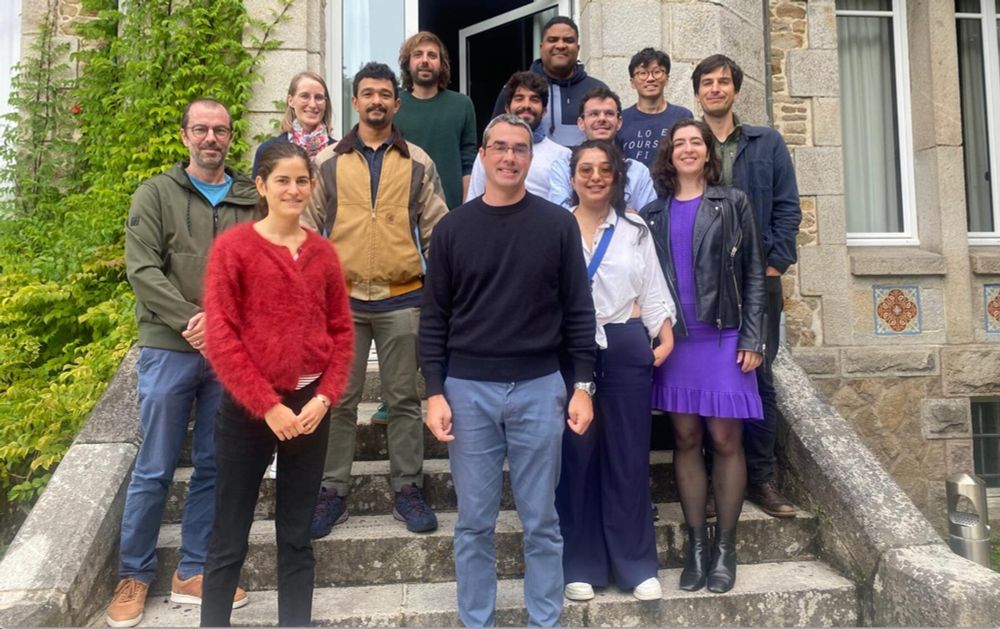Antoine Brault
@abrault.bsky.social
130 followers
180 following
9 posts
Postdoctoral researcher in infectious disease modelling at the Institut Pasteur
@pasteur.fr
Posts
Media
Videos
Starter Packs
Reposted by Antoine Brault
Kelly Charniga
@kcharniga.bsky.social
· Jul 11

Patterns of Emergence and Circulation of West Nile Virus in Algeria
In recent years, many countries have experienced increased outbreaks of emerging infectious diseases, such as West Nile virus (WNV). WNV is transmitted to humans by
Culex
mosqu...
sciety.org
Antoine Brault
@abrault.bsky.social
· Jun 13
Reposted by Antoine Brault
Simon Cauchemez
@scauchemez.bsky.social
· Feb 25

Evolution of social contacts patterns in France over the SARS-CoV-2 pandemic: results from the SocialCov survey - BMC Infectious Diseases
Background Non-pharmaceutical measures such as lockdowns, curfews and place closures were implemented in France during 2020–2022 to reduce contacts in the population, to limit the spread of SARS-CoV-2...
bmcinfectdis.biomedcentral.com
Reposted by Antoine Brault
Kelly Charniga
@kcharniga.bsky.social
· Dec 9

Patterns and drivers of excess mortality during the COVID-19 pandemic in 13 Western European countries - BMC Global and Public Health
Background Important differences in excess mortality between European countries during the COVID-19 pandemic have been reported. Understanding the drivers of these differences is essential to pandemic...
bmcglobalpublichealth.biomedcentral.com
Reposted by Antoine Brault
Simon Cauchemez
@scauchemez.bsky.social
· Nov 20
Effect of nirsevimab on hospitalisations for respiratory syncytial virus bronchiolitis in France, 2023–24: a modelling study
Background: Respiratory syncytial virus (RSV) is a major cause of hospitalisations and deaths among infants worldwide. France was one of the first countries to implement a national programme (beginnin...
hal.science








